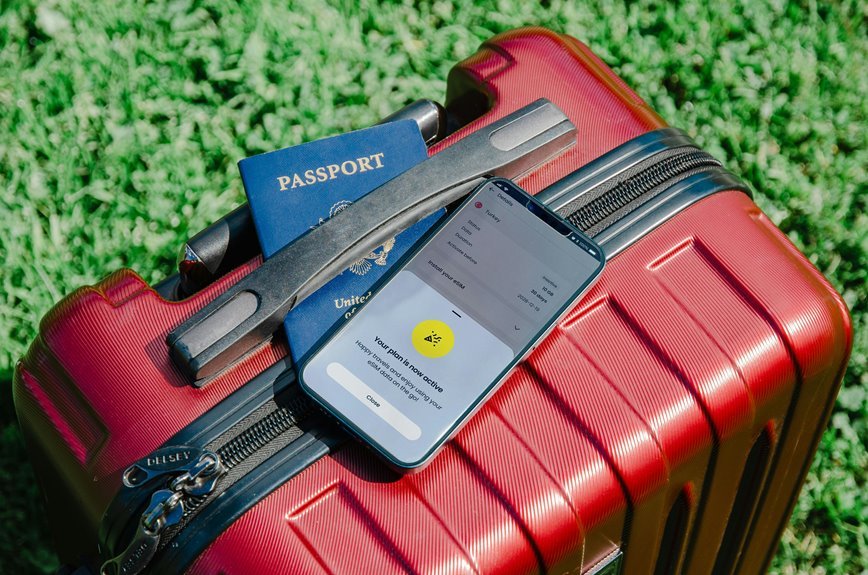Caller Verification Unit 3512223945 3667242078 3289172582 3714975215 3314461274 3279759788

The Caller Verification Unit (CVU) is essential for authenticating incoming calls, particularly for specific numbers such as 3512223945 and 3667242078. By utilizing advanced identification techniques, the CVU significantly mitigates the risk of fraud. This process not only secures communications but also enhances user confidence. However, the effectiveness of these systems raises questions about future advancements in caller verification technology and its potential implications for user privacy and security.
Understanding the Caller Verification Unit
While the significance of security in communication systems cannot be overstated, the Caller Verification Unit (CVU) serves as a critical component in ensuring the authenticity of incoming calls.
This system employs a robust verification process that enhances caller identification, allowing users to discern legitimate contacts from potential threats.
Benefits of Using Caller Verification Numbers
Utilizing Caller Verification Numbers (CVNs) significantly enhances the security framework of communication systems, as they provide a mechanism for verifying the identity of incoming calls.
This process facilitates caller authentication, ensuring that legitimate communications are prioritized while minimizing the risk of fraudulent interactions.
Consequently, CVNs play a crucial role in fraud prevention, fostering a safer environment for users who value their privacy and security.
How to Use the Caller Verification Unit Effectively
Implementing the Caller Verification Unit (CVU) effectively requires a structured approach to ensure maximum security and efficiency.
Organizations should employ advanced caller identification methods to streamline the verification process efficiency. This involves integrating automated systems for real-time validation and maintaining robust databases to enhance accuracy.
Continuous assessment and optimization of these methods will further reinforce security and operational effectiveness in communications.
The Future of Caller Verification Technology
As advancements in technology continue to reshape communication protocols, the future of caller verification technology promises to enhance both security and user experience.
Emerging caller authentication trends, coupled with voice recognition advancements, are expected to facilitate more robust identity verification processes.
This evolution aims to empower users by providing greater control over their communications while minimizing fraud and enhancing trust in telephonic interactions.
Conclusion
In conclusion, the Caller Verification Unit represents a crucial advancement in safeguarding communication integrity. By leveraging sophisticated identification techniques, it not only protects users from fraud but also reinforces trust in digital interactions. As the landscape of communication continues to evolve, one must ask: how secure do we truly feel when answering unknown calls? The ongoing development of caller verification technology will undoubtedly shape a more secure future, ensuring that legitimate conversations prevail in an increasingly complex digital environment.




